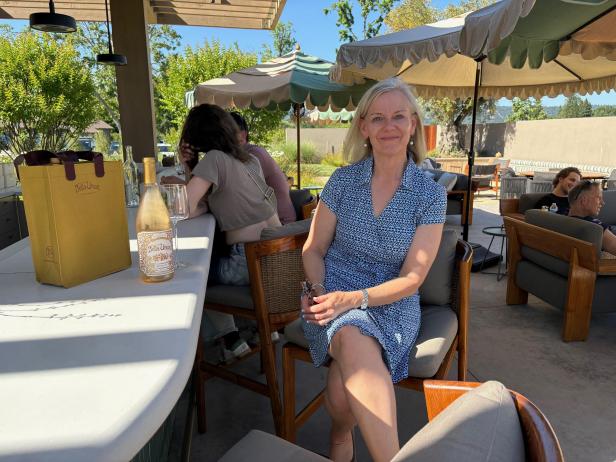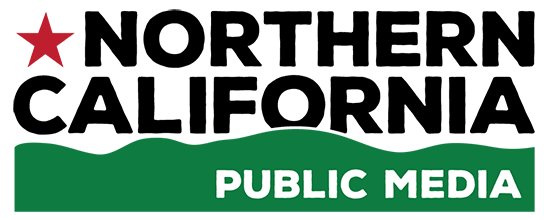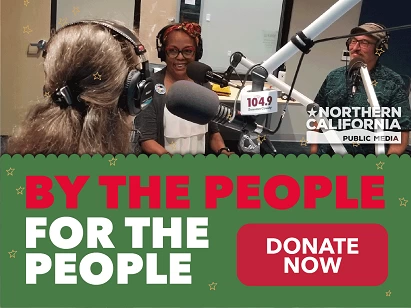 photo credit: photo credit text goes here
photo credit: photo credit text goes hereCarol Reber at Bella Union's casual outdoor bar in St. Helena.
It’s no secret that the U.S. wine industry has been in a slump for the last few years. The main culprits, industry analysts say, are competition from other beverages, anti-alcohol messaging, and the industry’s failure to attract younger consumers. Whatever the drivers, sales are down and there’s currently an oversupply of wine in the U.S. market.
The good news, according to a new report from BMO Bank’s wine division, is that it’s probably not going to get any worse.
“Shipments by California wineries into the total market have stabilized and essentially, hopefully, hit bottom,” said Andrew Adams, the report’s lead author and editor at WineBusiness Analytics. “Then we might see an upturn this year, through the rest of this year.”
While sales of domestic wines declined 4 percent by volume, dollar sales grew by the same amount. And the 4 percent volume decline is an improvement from a 9 percent dip in 2023.
Though wineries say they don’t expect to increase their sales in 2025, Adams noted, they do report feeling optimistic about the potential for growth over the next five years.
“Market conditions have really compelled wineries to understand what they may need to do,” he said, “and what they may need to spend in terms of getting more effective.”
For many, that means focusing more on DTC—or direct-to-consumer—sales, he said. Rather than going through middlemen, like distributors, wineries sell their products through their tasting rooms and wine clubs. According to the BMO report, DTC sales declined 10% in 2024.
To help turn that around, Adams said, wineries in places like Napa Valley are creating more casual experiences to attract more visitors—especially younger ones.
“We have seen wineries adjust their current offerings to try and connect with both younger consumers and people who might be looking for an experience that's not as elaborate, and therefore as expensive, as in previous years,” he said.
They’re also offering more flexibility, allowing people to walk in and book tastings on the spot instead of reserving weeks in advance. Adams said the tactics appear to be working.
“When we asked wineries about their average tasting room traffic by generation compared to the previous year,” he said, “we did see an uptick in visitation by Gen Z consumers.”
At Bella Union winery in St. Helena, younger consumers have been flocking to the winery’s stylish tasting room since it opened last fall. CEO Carol Reber said that’s not by accident, it’s by design.
“We wanted it to feel accessible to lots of different age groups,” she said, “and we wanted people to be able to choose their own adventure and their own experience.”
The winery offers a variety of tastings, from casual drop-ins at the outdoor bar to elaborate food and wine pairings. Visits start at $45—a relative bargain in Napa Valley.
“We have seen a phenomenal response from locals,” Reber said, “from out of towners, from Gen Z, young early drinkers through to millennials, Gen Xers, boomers.”
If more wineries move in this direction, Adams said, the local industry may start to see a turnaround.
“It's a transition and it may very well be painful in some regards,” he said, “but I think long-term it is something that wine will get through.”
In other words: It’s going to take time.

 Live Radio
Live Radio




